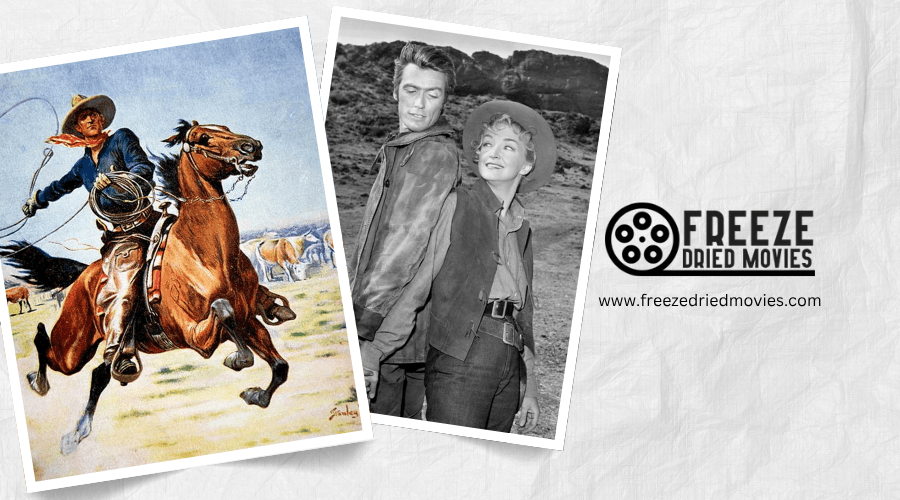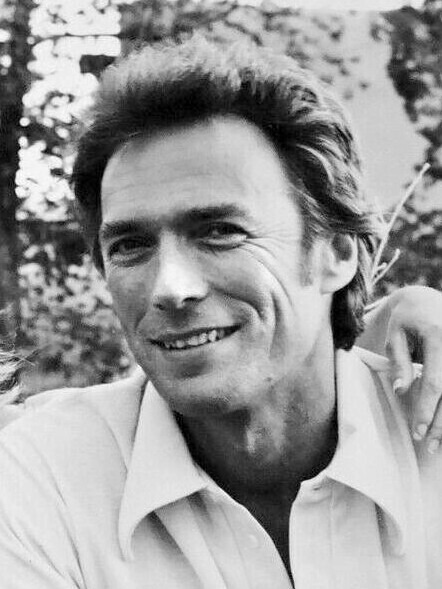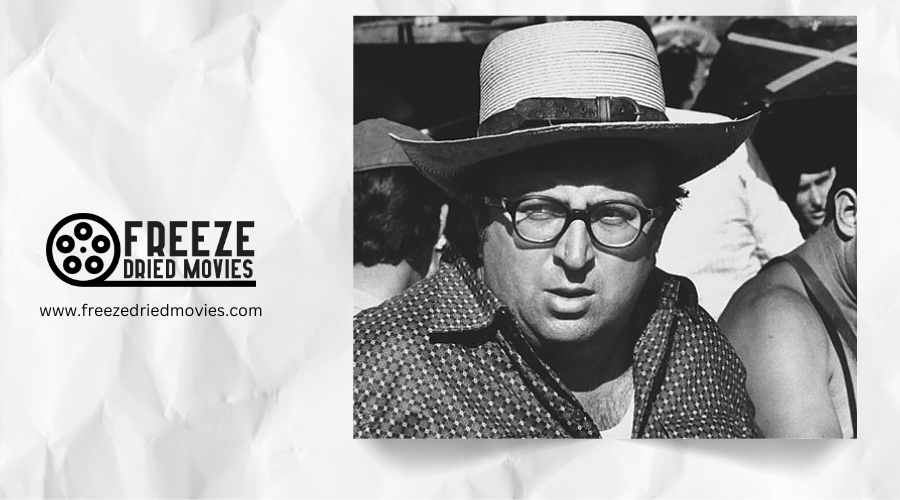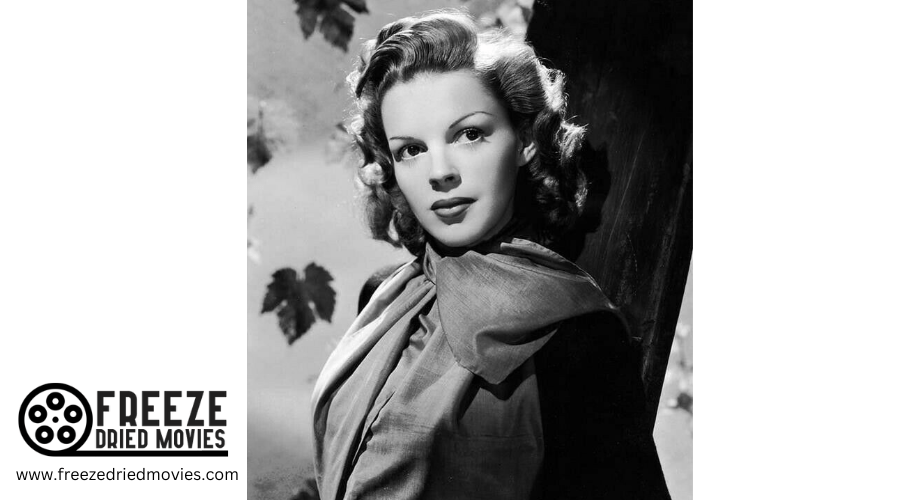How A Fistful of Dollars Became a Box Office Sensation

You've likely seen the squinting gunslinger in a poncho, the dusty frontier towns, and heard that distinctive whistling theme. But did you know "A Fistful of Dollars" almost never happened? When Clint Eastwood boarded a plane to Italy in 1964, he had no idea he was about to transform the Western genre forever. The unlikely collaboration between an American TV actor and an Italian director created not just a hit film, but a cultural phenomenon that continues to influence filmmakers today.
The Reluctant Cowboy: Eastwood's Journey to Stardom
When Clint Eastwood first considered the role of the mysterious gunslinger in "A Fistful of Dollars," he couldn't have predicted it would transform his career. As an unknown actor, Eastwood initially hesitated to step into the boots of what would become the iconic Man with No Name.
You might be surprised to learn that Eastwood himself shaped the character's distinctive visual style. He brought elements from his "Rawhide" days, including the poncho and Colt revolver that would define the anti-hero's appearance.
Despite limited acting range, his stoic performance perfectly complemented Sergio Leone's operatic Western style. The film's box office success launched Eastwood from reluctant participant to international star, establishing him as one of the most recognizable Western actors of his generation. The film was one part of a revolutionary Spaghetti Western trilogy that would forever change the genre with its minimal dialogue approach.

Leone's Vision: Reinventing the Western Genre
Revolution swept through the Western genre when Sergio Leone stepped behind the camera for "A Fistful of Dollars." The Italian director didn't just want to make another cowboy film—he aimed to completely reimagine what a Western could be for European audiences.
Without permission, Leone boldly adapted Akira Kurosawa's "Yojimbo," transplanting its morally ambiguous protagonist to the dusty American frontier. You'll notice his distinctive style immediately: extreme close-ups, operatic pacing, and Ennio Morricone's haunting score create a visual language far removed from Hollywood conventions.
This Italian filmmaker's approach challenged traditional heroism with dark humor and raw ferocity. By breaking established rules, Leone birthed the "spaghetti Western" movement, forever changing the genre's landscape and inspiring a new generation of directors to question the mythology of the American West. His work exemplified the moral ambiguity that defined 1960s Westerns as filmmaking broke free from the constraints of the Hays Code.

The Man With No Name: Creating an Iconic Character
At the heart of Leone's cinematic revolution stood a laconic gunslinger who redefined what a Western protagonist could be. Clint Eastwood's Man with No Name, with his signature serape and trusty Colt revolver, became the archetypal antihero of Spaghetti Westerns.
You'll notice how Leone's close-up framing captured Eastwood's minimalist acting - subtle facial expressions conveying complex emotions beneath that steely gaze. Without backstory or even a real name, this enigmatic outsider invited you to project your own interpretations onto him.
In A Fistful of Dollars, the character's dark humor and violent justice delivery offered something radically different - a morally ambiguous protagonist operating outside conventional rules. This revolutionary approach to character development paved the way for more psychologically nuanced Western heroes, forever changing the genre's landscape. Unlike the established principled heroes that John Wayne perfected through his 83 Western films, Eastwood's character represented a stark departure from traditional Western protagonists.
Morricone's Revolutionary Score: Music as Storytelling
If Leone's visionary direction changed how we see Westerns, Ennio Morricone's groundbreaking score transformed how we hear them. His unconventional approach incorporated whistles, guitars, and haunting vocalizations that created a sonic landscape unlike anything audiences had experienced before.
What made Morricone's score truly revolutionary was how it preceded filming—Leone actually built scenes around the music rather than the reverse. This symbiotic relationship allowed the sparse, minimalist compositions to enhance the film's desolate atmosphere.
Morricone's clever use of leitmotifs gave each character a distinct musical identity, turning the score into an essential storytelling element. His masterful fusion of classical and popular styles, exemplified in "The Ecstasy of Gold," didn't just complement the visuals—it became inseparable from them, forever changing film music's possibilities.
From Italian Theaters to Global Phenomenon
While Morricone's revolutionary score captivated listeners, the film's financial journey proved equally remarkable. In 1964, Sergio Leone's vision dominated Italian theaters, grossing 2.7 billion lire and becoming Italy's highest-grossing film that year.
You mightn't know that legal complications with Akira Kurosawa's Yojimbo delayed the American release until 1967, when it finally earned $4.5 million. A successful 1969 re-release added another $1.2 million to its impressive haul.
This unexpected commercial triumph transformed an unknown American actor named Clint Eastwood into an international star while establishing Spaghetti Westerns as a legitimate cinematic force. The film's perfect blend of dark humor, gritty violence, and Ennio Morricone's iconic soundtrack resonated with audiences worldwide, cementing its status as both box office sensation and cult classic.
Marketing Challenges and Grassroots Success
Despite negative Italian reviews, the film found grassroots success, grossing an impressive 2.7 billion lire in Italy alone. It took nearly two years to reach American theaters due to Kurosawa lawsuit concerns, but when it did, the high grossing results surprised everyone—$4.5 million in 1967 and another $1.2 million during its 1969 re-release.
While some American critics praised Leone's vision, others criticized its "calculated sadism." Nevertheless, the film proved foreign filmmakers could successfully reimagine Hollywood westerns.

The Kurosawa Connection: Controversy and Inspiration
The film's commercial success masked a contentious legal battle brewing across the Pacific. While you might've enjoyed Sergio Leone's revolutionary Western, you were actually watching an unauthorized adaptation of Akira Kurosawa's Yojimbo.
The Japanese director acknowledged Leone's filmmaking skill but maintained the Italian had stolen his story, prompting production company Toho to file a legal dispute against Leone.
When confronted, Leone cited multiple influences including Carlo Goldoni's play "Servant of Two Masters" and classic American Westerns like Shane and My Darling Clementine. Despite these claims, he eventually settled out of court.
The controversy couldn't diminish the cultural impact of both films—Kurosawa's samurai masterpiece had transformed into Leone's iconic Man with No Name character, forever changing Western cinema while highlighting the complex relationship between inspiration and adaptation.
Cultural Impact and the Birth of Spaghetti Westerns
A seismic shift rocked Hollywood when A Fistful of Dollars exploded onto screens, single-handedly birthing the "Spaghetti Western" phenomenon. You're witnessing a revolution where Italian filmmakers reimagined the American Western through distinct visual styles and morally ambiguous characters.
Sergio Leone proved foreign directors could successfully reinvent American genres, creating a box office sensation that transcended borders. Clint Eastwood's portrayal of the laconic "Man with No Name" cemented his status as an iconic Western figure.
The film's blend of operatic visuals, graphic violence, and dark humor epitomized the Revisionist Western movement, challenging traditional heroic frontier narratives. Its commercial triumph demonstrated how a quintessentially American genre could be revitalized through an outsider's perspective, forever transforming Western cinema.




